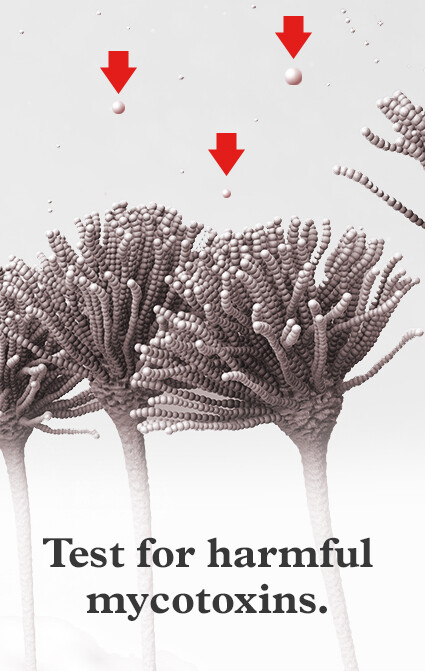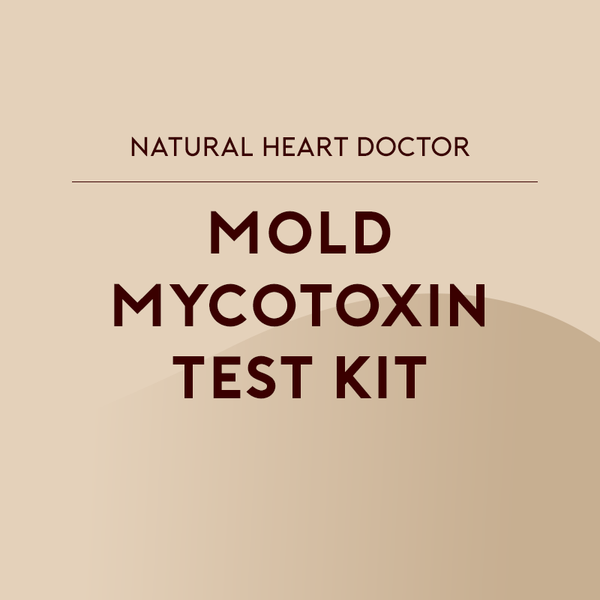Mycotoxin testing Services: A Trick Component in Threat Administration Approaches
Mycotoxin testing Services: A Trick Component in Threat Administration Approaches
Blog Article
How Mycotoxin Testing Assists Stop Contamination and Guard Food Products

Mycotoxin testing is an essential practice in the food sector, offering as a frontline protection versus contamination by dangerous toxic substances generated by molds. Via the application of innovative techniques like High-Performance Fluid Chromatography (HPLC) and Liquid Chromatography-Mass Spectrometry (LC-MS), food manufacturers can precisely discover and measure mycotoxin levels in farming products.
Comprehending Mycotoxins
Understanding mycotoxins starts with identifying that they are poisonous secondary metabolites generated by particular mold and mildews, which can infect agricultural items. These metabolites are not necessary for the growth or recreation of the fungi but can have serious implications for human and animal health and wellness. Mycotoxins are typically found in staple plants such as corn, wheat, barley, and nuts, where they can proliferate under certain conditions of dampness and temperature.
There are several types of mycotoxins, each created by different fungal types. Aflatoxins, produced by Aspergillus varieties, are among the most notorious, understood for their cancer causing residential properties. An additional considerable group consists of ochratoxins, generated by Aspergillus and Penicillium varieties, which have nephrotoxic impacts. Fusarium species create fumonisins and trichothecenes, both of which are linked with different severe and persistent health and wellness problems.

Risks of Mycotoxin Contamination
The risks of mycotoxin contamination are diverse, positioning substantial risks to both food safety and public health. Mycotoxins, poisonous substances created by certain types of fungis, can pollute a wide variety of farming items including cereals, nuts, seasonings, dried fruits, and coffee. Once these toxic substances infiltrate the food supply, they can result in severe wellness problems such as liver damages, kidney failing, and even cancer. Susceptible populations, consisting of youngsters, the elderly, and immunocompromised individuals, are particularly in danger.
Financial influences are an additional significant concern. Contaminated crops can result in substantial economic losses for farmers and food producers as a result of lowered yields and the requirement for costly purification measures. Moreover, worldwide trade can be significantly prevented as countries implement rigorous mycotoxin guidelines to secure their populations, leading to denied shipments and stretched profession relations.
Environmental factors such as climate change intensify the threat of mycotoxin contamination. Variants in temperature and moisture can develop favorable problems for fungal growth, boosting the likelihood of contamination occasions. Thus, understanding and alleviating these risks are vital for making sure the safety and honesty of international food materials.
Techniques of Mycotoxin Evaluating
Precisely identifying mycotoxin contamination in farming products is essential for securing public health and wellness and keeping food safety and security standards. Numerous techniques are utilized visit this website to identify and measure mycotoxins, each offering particular advantages and constraints.
High-Performance Liquid Chromatography (HPLC) is an extensively made use of technique as a result of its high level of sensitivity and accuracy. It involves separating mycotoxins from various other substances in a sample, enabling accurate quantification. Similarly, Liquid Chromatography-Mass Spectrometry (LC-MS) combines fluid chromatography with mass spectrometry to supply detailed molecular info, making it particularly useful for identifying multiple mycotoxins all at once - Mycotoxin testing Services.

Gas Chromatography-Mass Spectrometry (GC-MS) and Thin-Layer Chromatography (TLC) are likewise employed, each with distinct applications. GC-MS is efficient for unstable mycotoxins, while tender loving care supplies an easier, affordable option for initial screening.
Benefits of Routine Examining
Normal screening for mycotoxins in farming items provides numerous benefits, dramatically contributing to public health and wellness and food security. By identifying contamination early, regular screening helps avoid the circulation of poisonous foods, therefore decreasing the risk of mycotoxin-related illnesses amongst customers. This proactive approach not just safeguards human health and wellness yet likewise improves the overall top quality of food products.
Different countries and regions have actually developed stringent restrictions view publisher site for mycotoxin degrees in food and feed. Sticking to these limitations with regular testing ensures that producers and suppliers meet legal criteria, thereby staying clear of fines and trade obstacles.
Additionally, routine mycotoxin screening can lead to considerable economic advantages. Early detection of contamination allows for prompt treatment, decreasing potential losses from prevalent contamination. Applying regular testing methods can also minimize recall expenses and related liabilities, which can be monetarily devastating.
Moreover, routine testing gives valuable information that can inform far better agricultural practices and storage space problems. By understanding my blog patterns of contamination, producers can take on safety nets, consequently minimizing future threats and contributing to the sustainability of the food supply chain.
Applying Checking Procedures
Implementing reliable mycotoxin screening protocols is crucial for making certain the safety and security and top quality of agricultural products. Developing a robust testing structure involves multiple vital actions, starting with the identification of possible contamination factors within the manufacturing and supply chain. This includes pre-harvest, post-harvest, storage, and circulation stages. Each stage must be looked at to identify where mycotoxin contamination is probably to take place.
Once vital control factors are identified, selecting ideal screening techniques is vital. Usual techniques include enzyme-linked immunosorbent assay (ELISA), high-performance liquid chromatography (HPLC), and mass spectrometry (MS) Each technique has its toughness and weak points; thus, choosing the appropriate one depends on the certain mycotoxin being evaluated, the called for sensitivity, and offered sources.

Finally, incorporating the screening methods into an extensive food safety administration system is suggested. This boosts traceability and makes it possible for speedy corrective activities when contamination is spotted, thus safeguarding the honesty of the food supply chain.
Verdict
Mycotoxin testing is necessary in protecting against contamination and safeguarding food materials by allowing early detection of unsafe toxins created by molds in agricultural items. Routine screening enhances brand reputation, economic security, and depend on in food security by minimizing contamination-related losses and maintaining high standards in food production.
Mycotoxin screening is an important practice in the food industry, offering as a frontline protection versus contamination by damaging toxic substances created by molds. An incorporated approach involving farming methods, storage space administration, and routine testing can alleviate the risks linked with mycotoxin contamination, guaranteeing food safety and public wellness.
The dangers of mycotoxin contamination are multifaceted, presenting significant threats to both food safety and security and public health and wellness.Normal testing for mycotoxins in farming products offers countless benefits, considerably contributing to public health and food safety and security.Mycotoxin screening is essential in protecting against contamination and guarding food products by allowing early discovery of damaging contaminants produced by molds in agricultural items.
Report this page